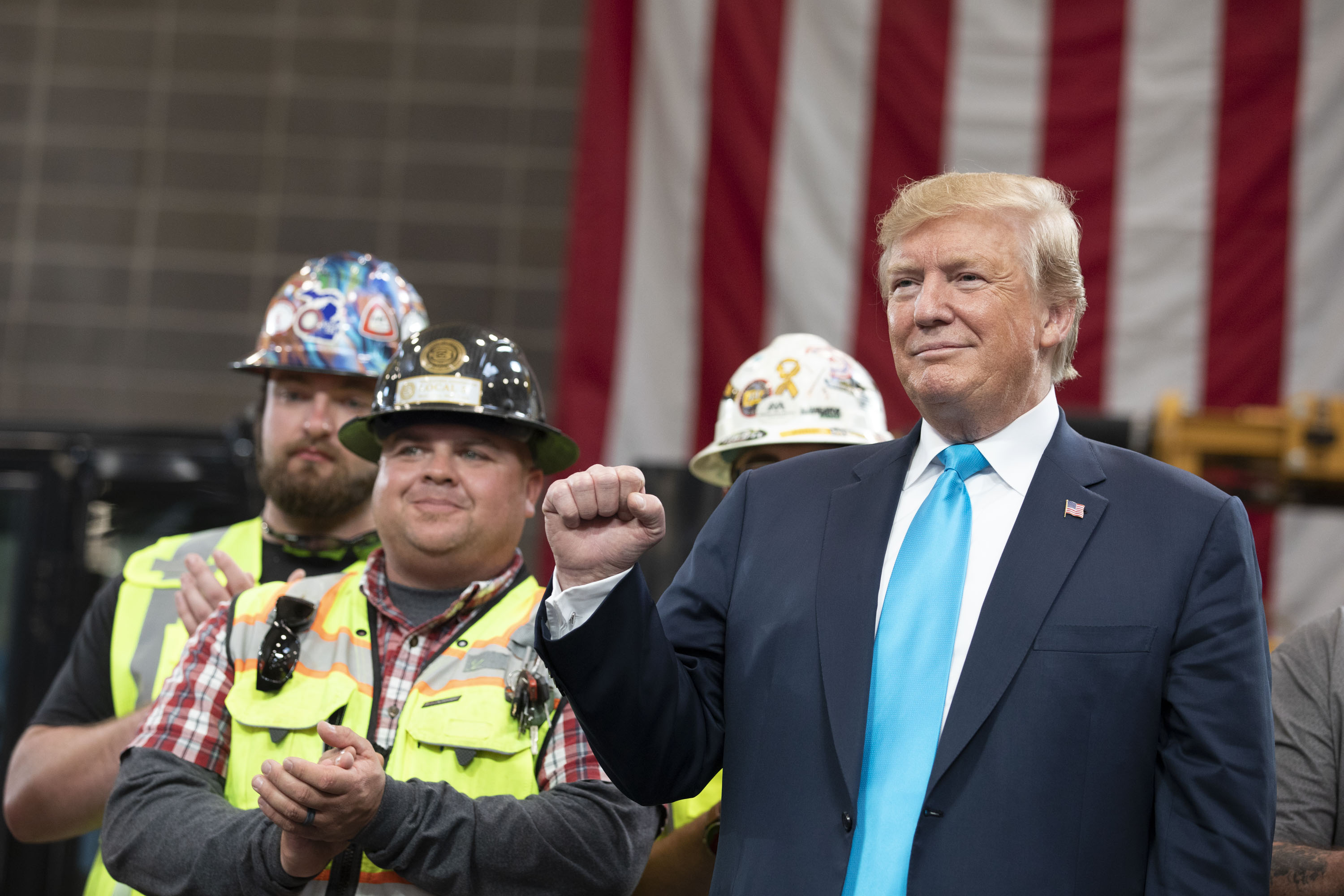The Art of the Deal: East Coast Port Edition
President-elect Donald Trump’s recent support for the dockworkers of the International Longshoremen’s Association (ILA) should be viewed through the lens of dealmaking.
The battle over automation at East and Gulf Coast ports isn’t just a labor dispute—it’s a question of whether the promised benefits of automation justify the very real economic harm it imposes on workers and their communities. Or, to put it differently, it is a dispute over the distribution of benefits of automation.
Coase Comes to America’s Ports
Economist Ronald Coase’s landmark work on social cost provides a framework for understanding this conflict. Coase famously argued that when parties are free to bargain, they can resolve disputes over costs and benefits to arrive at the most efficient outcome. Applied to the docks, the idea is simple: if automation is as efficient and profitable as the port employers claim, they should be able to offer the workers compensation to accept it—whether that’s through early retirement packages, an annuity payment system to replace wages, or profit sharing from port operation in the future.
We could even allow workers to have tradable property rights in the future profits of the ports. Workers who prefer a lump sum now could sell these rights to investors who would accept the income over time. Other workers may prefer to collect port income over time.
But Coase’s analysis also implies that if port operators can’t—or won’t—pay enough to offset the harm caused to longshoremen, it’s likely that the benefits of automation are not as great as advertised.
That’s what the longshoremen think is happening.
Automation advocates often paint a rosy picture of faster ports, lower costs, and higher profits. Yet the refusal to adequately compensate workers suggests those benefits may be more speculative than real. If automation were truly a game-changer, the economic gains should more than cover the cost of easing the transition for workers whose livelihoods are at stake.
Trump’s Commonsense Approach
Enter President-elect Trump, who has placed himself firmly on the side of American workers. By backing the ILA, Trump isn’t rejecting progress. He’s demanding accountability from the corporate giants pushing automation. As he wrote on Truth Social, “The amount of money saved is nowhere near the distress, hurt, and harm it causes for American Workers.”
This isn’t an anti-technology stance. It’s a Coasean question: If automation is so valuable, why aren’t port operators willing to fund the smooth retirement of dockworkers? The answer may be that the costs of automation outweigh the benefits once you account for the economic and social harm to workers and their communities.
For the United States Maritime Alliance, which represents the employers, the stakes go beyond their negotiations with the ILA. This is a test of whether corporate America is willing to live up to its own rhetoric. If port operators truly believe automation is essential to “boosting efficiency” and “strengthening supply chains,” they should put their money where their mouth is and compensate workers.
Instead, the employers’ approach seems to mirror a troubling trend among corporate elites: externalizing costs onto workers while pocketing the profits. By refusing to adequately compensate dockworkers, they would be revealing that their push for automation is less about necessity and more about maximizing short-term gains at the expense of American labor. This may not be about delivering more efficient ports or the alleged social gains from automation but just about distributing the gains from shipping away from workers and into the pockets of the port owners.
A Turning Point for American Labor
Trump’s intervention comes at a pivotal moment for the labor movement. Unions across the country are watching closely to see how this dispute unfolds. The ILA, with its 45,000 members, has already secured a significant wage increase, but the bigger fight over automation—and its broader implications—remains unresolved.
This port struggle is a preview of what we’re likely to see as artificial intelligence improves. Workers whose jobs are threatened will resist, and AI innovators will claim vast social benefits are being held back by “luddites.” But if the benefits of AI outweigh the cost to displaced workers, the surplus can be used to compensate the workers.
Trump’s willingness to step into the fray signals a shift. For too long, the interests of workers have been sacrificed to the altar of “progress.” Under Trump, that narrative is being rewritten. As he takes office, he’s making it clear that any “progress” must be progress for American workers—not just for corporate balance sheets.

President Donald Trump with workers at the International Union of Operating Engineers International Training and Education Center on April 10, 2019, in Crosby, Texas. (Official White House Photo by Joyce N. Boghosian)
The workers have an important property right at stake: their self-ownership. Their only bargaining chip is the ability to withhold their own labor, labor that is still needed to operate the ports. If port owners want to use this labor as they move to more automation, they will have to compensate workers not just for the current work being done but for the future cash flows they expect workers to give up. This is the free market way of resolving the ports conflict.
The solution is simply striking a Coasian bargain. If the benefits are truly as great as its advocates claim, resolving the conflict with the ILA should be simple: compensate the workers. Coase’s insight is clear: so-called progress that harms others without adequate compensation isn’t progress at all—it’s exploitation.
In this light, Trump’s support for the longshoremen is more than a symbolic gesture. It’s a call to rethink how America approaches economic progress. If automation can’t pay its own way, it may not be the future we’ve been promised.



